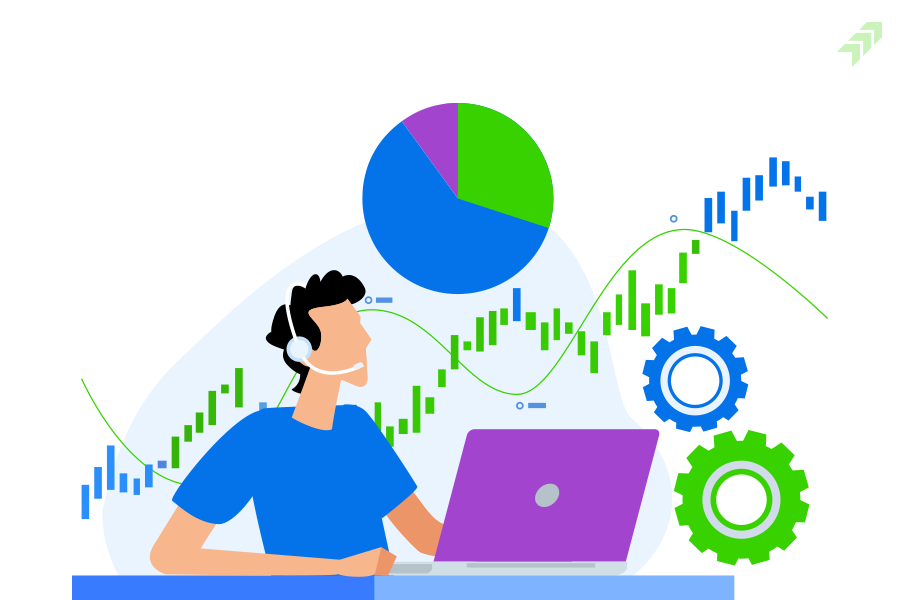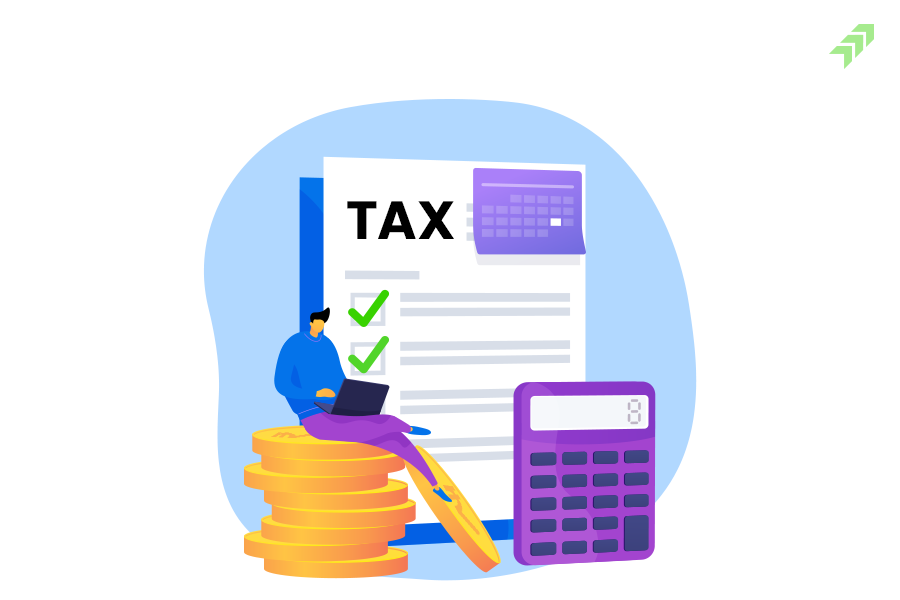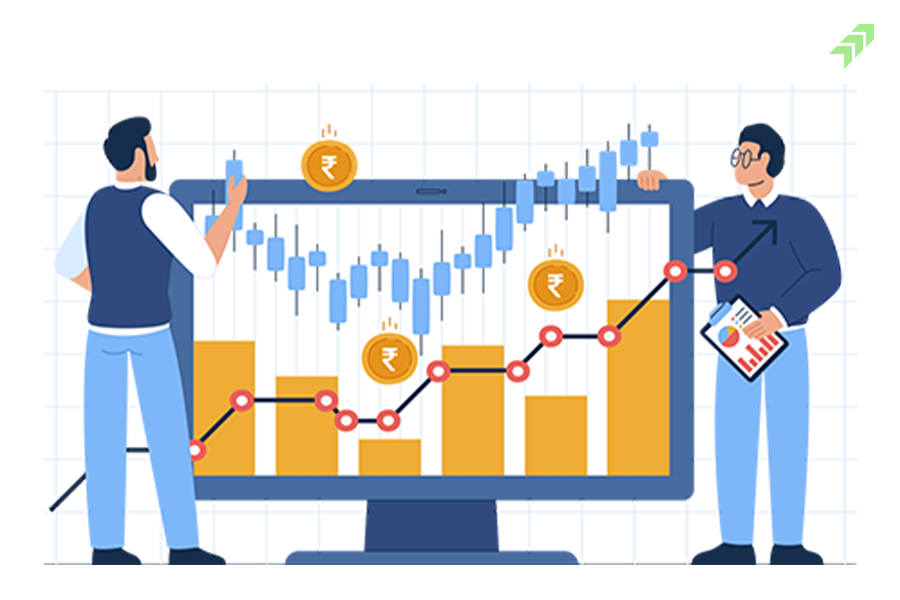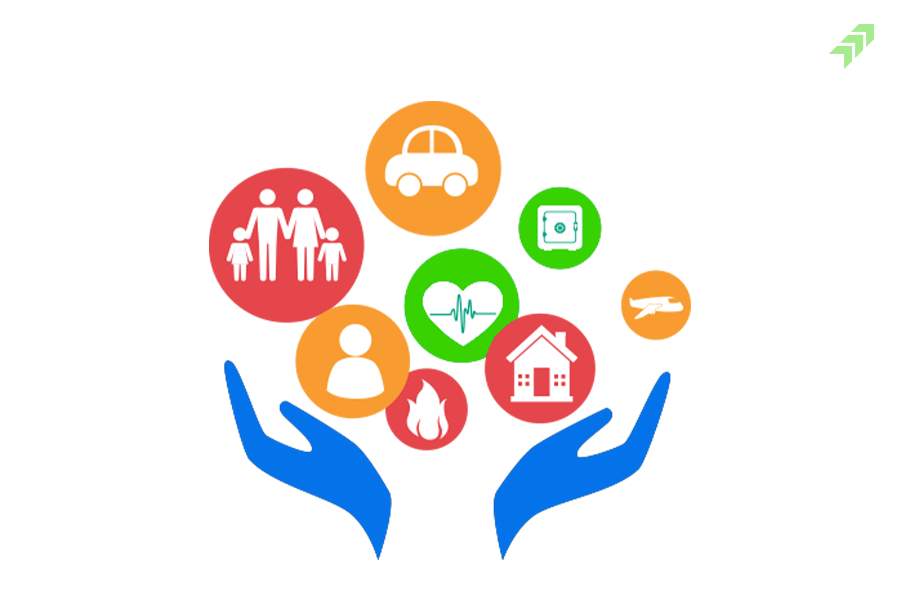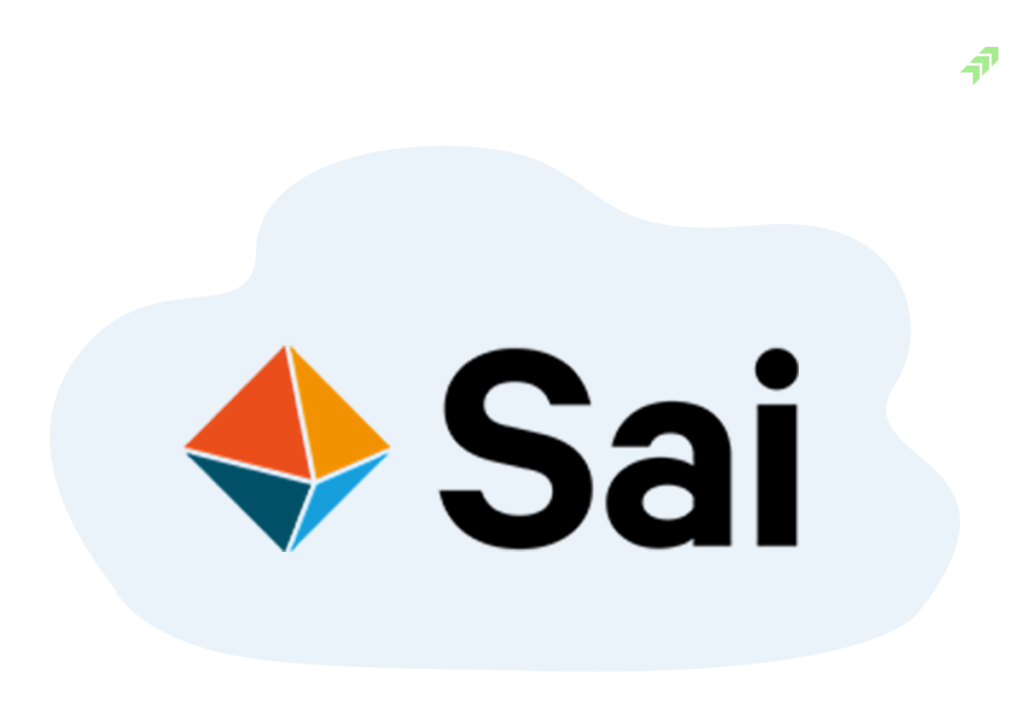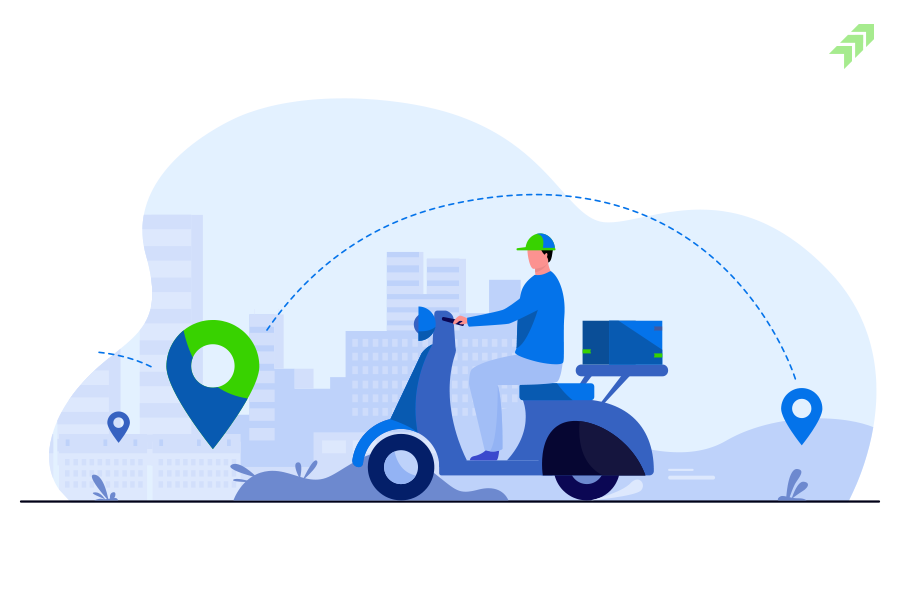Keynesian economics
Keynesian economics, named after the famous British economist John Maynard Keynes, was developed in 1930 in an effort to understand the Great Depression. It is a macroeconomic economic theory that examines total economic spending and its effects on output, employment, and inflation. Keynesian economics is a demand-side theory that focuses on the economy’s short-run changes. According to Keynesian economists, aggregate demand is volatile and unstable, and as a result, a market economy frequently experiences inefficient macroeconomic outcomes – a recession when demand is low, or inflation when demand is high. Furthermore, they argue that economic policy responses coordinated by the government and central bank can mitigate these economic fluctuations. Fiscal and monetary policy actions, in particular, can help stabilise economic output, inflation, and unemployment over the business cycle. Keynesian economists advocate for a regulated market economy dominated by the private sector, with government playing an active role during recessions and depressions.
As part of the neoclassical synthesis, Keynesian economics was the standard macroeconomic model in the developed world during the late stages of the Great Depression, World War II, and the postwar economic expansion. It was created in part to explain the Great Depression and to assist economists in understanding future crises. Following the oil shock and resulting stagflation of the 1970s, it lost some of its clout. Keynesian economics was later redeveloped as New Keynesian economics. The onset of the 2007–2008 financial crisis sparked renewed interest in Keynesian policies by governments all over the world.
Key lending rate
It is the interest rate that governs bank lending rates and borrowers’ credit costs. The key interest rate will determine the interest rate at which banks can borrow to maintain reserve levels. Central banks have the ability to adjust the interest rate at which banks can borrow money in order to expand or contract the national economy in times of boom-bust. The discount rate and the federal funds rate are the two types of key rates.
KYC
Know your customer and also known by know your client. It is a business process that verifies a client’s identity and assesses the risk of illegal activity before entering into a business relationship. KYC is done using supporting documents such as photo IDs (such as a PAN card or Aadhar card), In-Person Verification (IPV), and proof of address.
Open FREE Demat Account in less than 10 minutes
20
Get Instant Pledge Benefits* + Zero Delivery Brokerage* to maximize your returns
10
Per order only (No hidden charges)








